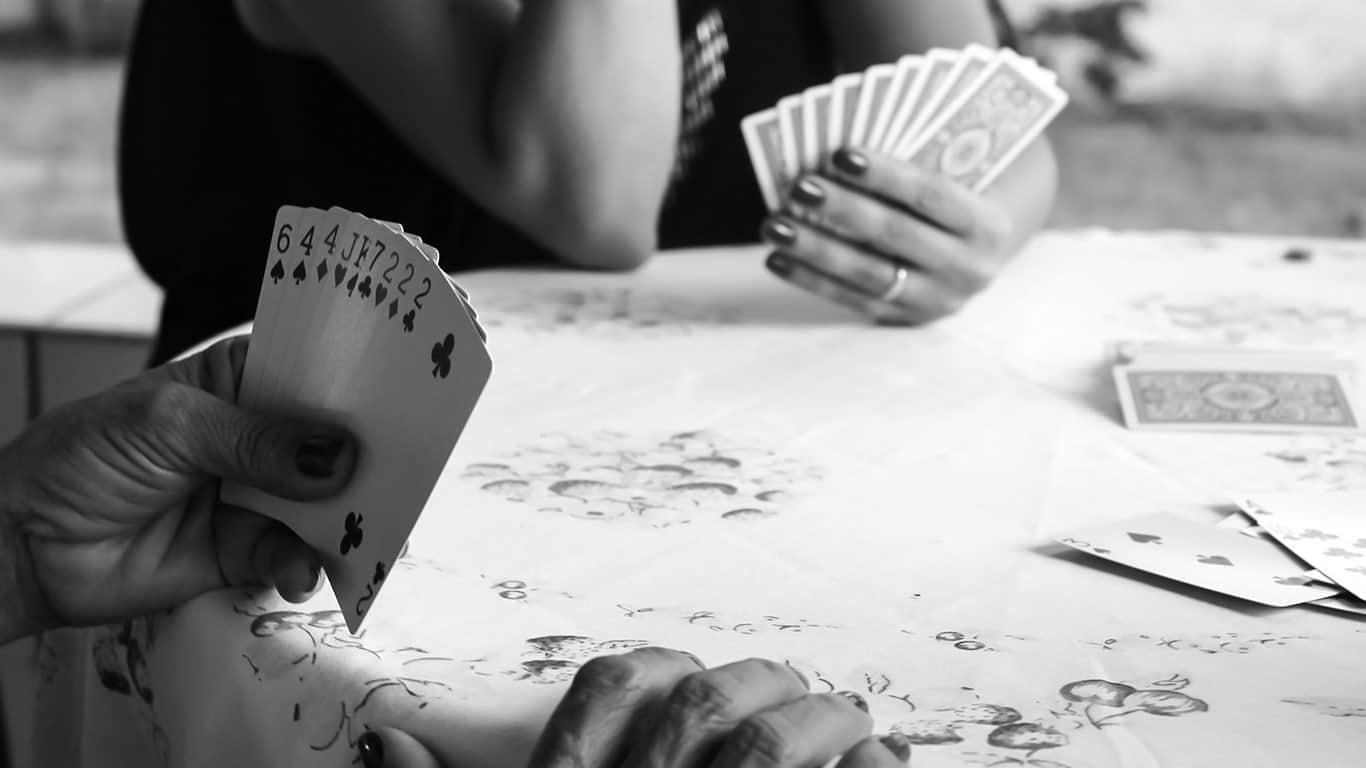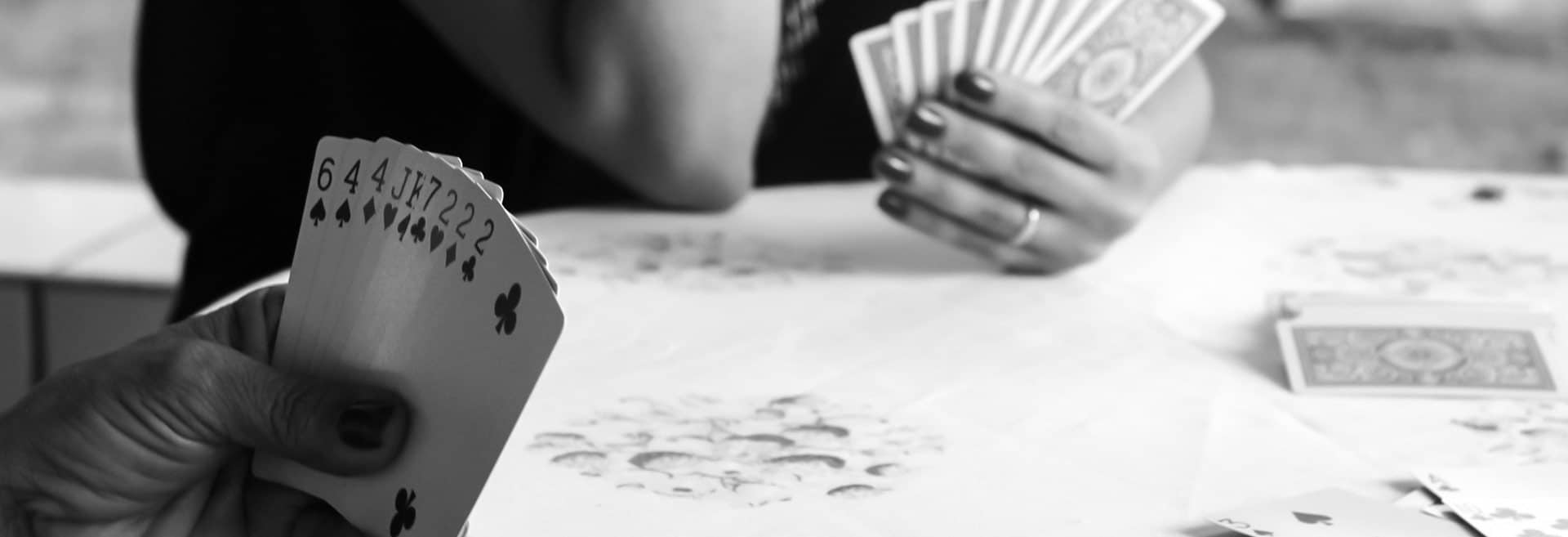
01 Aug Place Your Bets!
The influence of our environment on behaviour
Think about your drive to work this morning. Was it stressful? Punctuated by car horns, a broken heater and your dirty car interior? Or was it peaceful? Soothing music playing on your radio, a comfortable car seat cushioning your body and your cup holder; cocooning that perfect latte you made for the commute.
The design of our physical environment influences the way in which we interact within that space. Not only does it influence our interaction with the environment itself, using subtle, subconscious cues, our surroundings can also elicit a behavioural change.
How? Let’s think about that for a minute. If we want to influence the way that people behave in an environment, we simply need to adjust the cues being generated by that environment.
With this in mind, imagine the possibilities that are created by a simple change in the aforementioned physical environment; Organisational change, connected communities, a sense of belonging, increased happiness…the list of benefits goes on.
The masters of this concept are Casinos. Having revolutionised their design model from one of a maze, leaving patrons feeling trapped, to that of the modern day; An adults Playground first seen in early 2010, with the rise of the Bellagio and the Wynn. The concept of the Playground design was to transform casinos from a place of confusion and apprehension to a palace; where players could feel comfortable and excited, encouraging the belief that ‘anything is possible.’
“Players who are more at ease are happier when they win, and they’re more understanding when they lose – all of which convinces them to bet more.” Christopher Null, 888Casino
Casino’s employ a range of visual cues to influence your mood and behaviour and cater to a range of people. High ceilings elicit the “cathedral effect”, the perception that anything is possible and encourages people to stay longer; no natural lighting, windows or clocks, which removes any association with time; whether you’re a hotel guest casually passing through, a high roller wanting to get to the real action or a casual gamer passing by looking for the comfort of the slot machines, Casino’s need to appeal and attract all types of people so they don’t take their business elsewhere.
So what can we learn from the Bellagios and Wynns of the world?
Within every business model, there is a defined business strategy on how the business is to operate. This includes their vision for the future, their goals and how they plan to achieve them and the values that they live by. These are unwavering concepts, regardless of the nature of the business.
However, it’s what underpins these concepts that create the greatest opportunity for connection; the behaviours contributing to fulfilling these ideals, encouraged by the design of the physical environment. A set of invisible cues, nurtured by our surroundings, that guide us to the preferred behaviours that are desired in that environment. Hence Casino’s have influenced the behaviours of patrons to feel comfortable, in order to fulfil the requirements of their business strategy; to get you to spend your money!
The opportunity here for businesses exists in not only eliciting the cues needed but also harnessing these desired behaviours and directly linking them to the success of the business model. By describing the behaviours that demonstrate the way in which the success is lived, a social economy is created for people to participate in. Repetition of these behaviours leads to the establishment of a culture.
If we look at the creation of a retail precinct as an example, there are some key metrics that may be considered as markers of a successful development; Foot traffic counts, tenant sales figures, the longevity of tenants, number of regular customers etc. By transferring these metrics into identifiable behaviours, we are then able to wrap environments around them that intuitively guide people. If we want our space to attract regular customers we need to develop an environment that appeals to them; somewhere they enjoy being and more importantly, encourages their repeated return. We want them to feel comfortable, welcome and part of our community.
So what are some real world design ideas for encouraging desired behaviours?
One way of achieving this may be the introduction of identifiable communal seating and perch spaces [ie spaces that are not tenant owned]. These spaces provide visual cues that encourage people to stop and linger, without necessarily engaging in a transaction. This creates an environment where there is no pressure to buy and the irony of this is that without the pressure, the customer then has the time and space to think; to assess their needs and then make an informed decision about how they would like to spend their money. They are intrinsically happier due to this no pressure environment, are more satisfied with their choice and are more likely to return to an environment that elicits these behaviours. A win for all!
These visual cues are often supported by other sensory experiences; the choice of music playing and the level of volume, the smells wafting from the restaurant kitchens, the plant type, placement and their biophilia effect. All of these elements are designed into the physical environment, to influence behaviour and to ultimately support the set business model objectives. In the case of the Casino, it’s encouraging customers to spend more time and ultimately, money. In the case of the Retail Precinct, it’s about encouraging a sense of joy so that they want to continuously return. Again, more time and money spent = business success. Regardless of the nature of your business, tailoring your environment can have a direct effect on your customer, resulting in an increase in profit. So now, only one question remains…. Red or Black?
 Blog contributed by our very own fearless leader… MEL MARSDEN
Blog contributed by our very own fearless leader… MEL MARSDEN
“Our Chief creative, she’s the brains behind this operation!”


